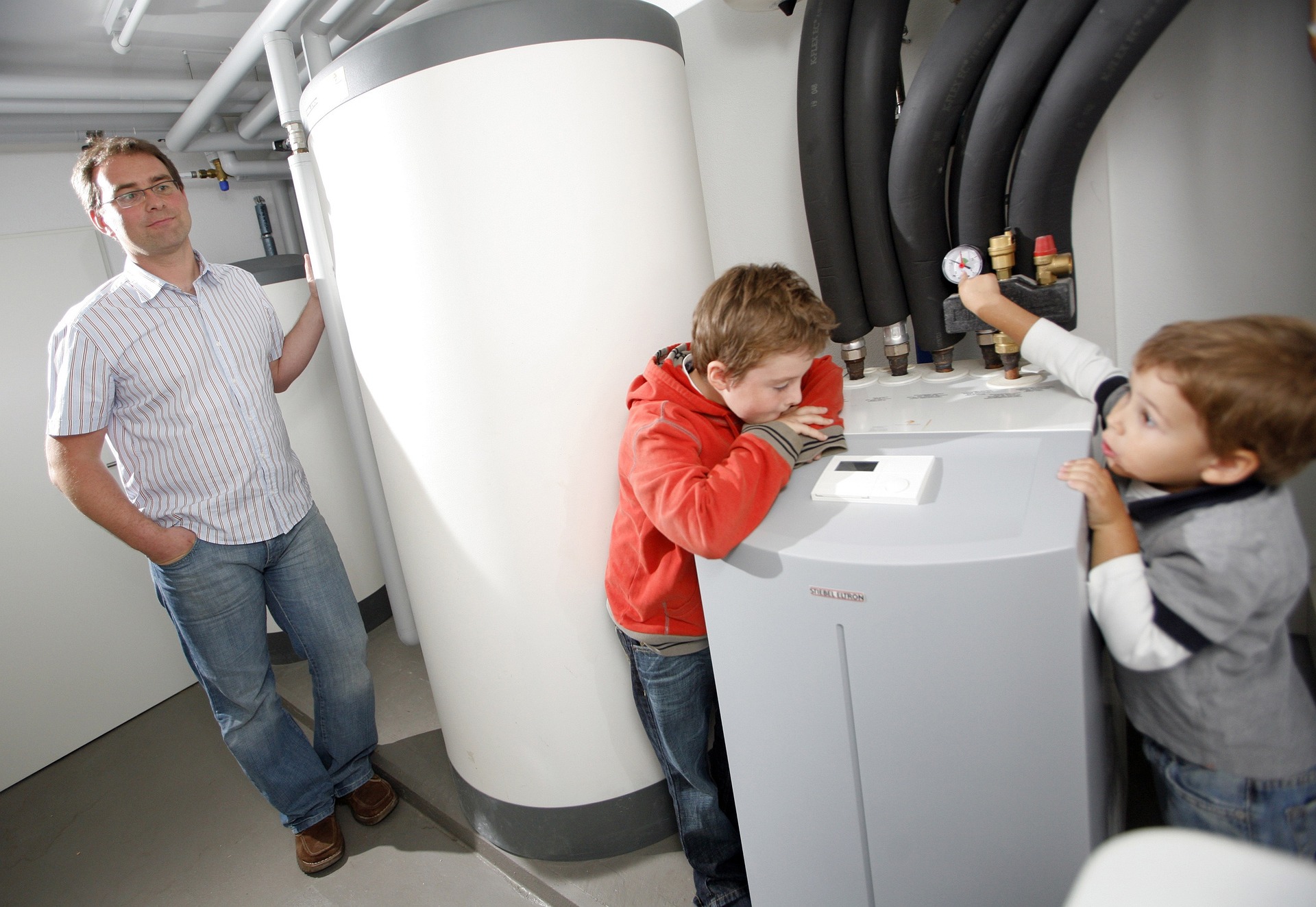11 December 2023
Ending subsidies for fossil fuel heating systems from 2025, and phasing out gas boilers and other fossil fuel heaters by 2040. These are just two of the outcomes of a political agreement between the EU Council and the European Parliament, which was reached on December 7, 2023. Which measures were agreed upon, and what will the implications be for the heating sector?
The European Union is about to formalise a new set of revisions of the EU Energy Performance of Buildings Directive. On December 7, 2023, the European Parliament and the representatives of the 27 member states in the EU Council reached a political agreement on a set of measures that revise the existing EU Energy Performance of Buildings Directive and will accelerate the decarbonisation of buildings. It is expected that the political agreement on the revision of Directive will be fully formalised by both EU institutions, the EU Council and the European Parliament, in January 2024. This will have a significant impact on the building and heating sector, as well as the energy transition.
The Directive is part of the ‘Fit for 55’ package and aims to achieve full decarbonisation of buildings by 2050. The revision of the Directive was proposed by the European Commission as early as December 2021. However, it took a lot of effort for the negotiating parties to reach a consensus. For example, one of the obstacles was the proposal to introduce mandatory renovations. This mandatory measure received a lot of resistance from some EU member states. Finally, after a 10-hour debate which lasted till 4:30 AM it became clear that an agreement on this specific measure would not be reached. The requirement was abandoned and replaced by a softer requirement that takes individual conditions of the EU member state into account.
As a result of two years of intensive negotiations, the originally proposed measures were softened a little bit and the interim implementation targets were postponed. Nevertheless, the core of EU Energy Performance of Buildings Directive has remained unchanged.
The main objectives of the revision are that by 2030 all new buildings should be zero-emission buildings, and that by 2050 existing buildings should be transformed into zero-emission buildings. It was agreed to set minimum energy performance standards (MEPS) for commercial and public buildings. By 2030 non-residential buildings must be more energy efficient than the 16% worst-performing buildings, as compared to a benchmark average of a specific EU member state, and by 2033 they should be more energy efficient than the 26% worst-performing buildings.
Regarding the renovation of residential buildings it was agreed that the average energy consumption by households must decrease by 16% in 2030, with a further decrease of between 20-22% in 2035. In addition, the renovation of the worst-performing should be prioritised to achieve the 55% energy consumption reduction.
Also, it was agreed to cut subsidies to fossil fuel heating systems from 2025 and to completely phase out fossil fuel boilers by 2040. It should be noted that ceasing of subsidies to fossil fuel heating systems only refers to ‘standalone‘ fossil heating systems and does not refer to hybrid heating systems that include renewable energy sources.
The agreed revisions of the EU Energy Performance of Buildings Directive will require member states to put in extra effort to accelerate the transition of the heating sector to renewable energy sources and to meet the commitments. Although the Directive sets clear intermediate targets and measures for achieving zero-emission buildings by 2050, the responsibility for the implementation lies with national and regional governments.
By Dr Beata Kviatek,
Jean Monnet Chair in Sustainable EU Economy
